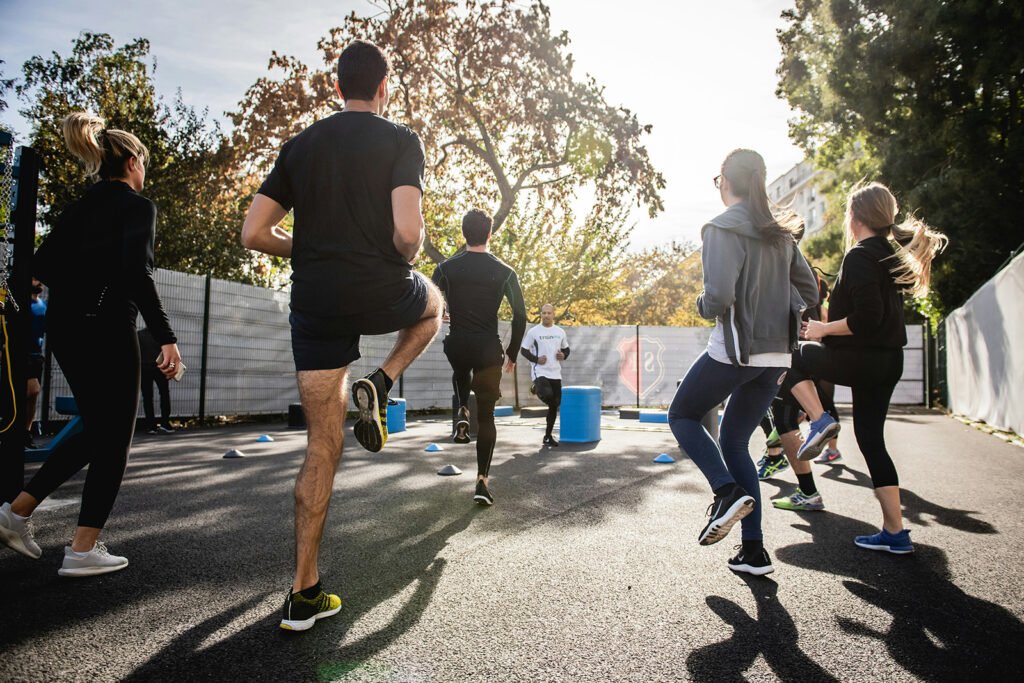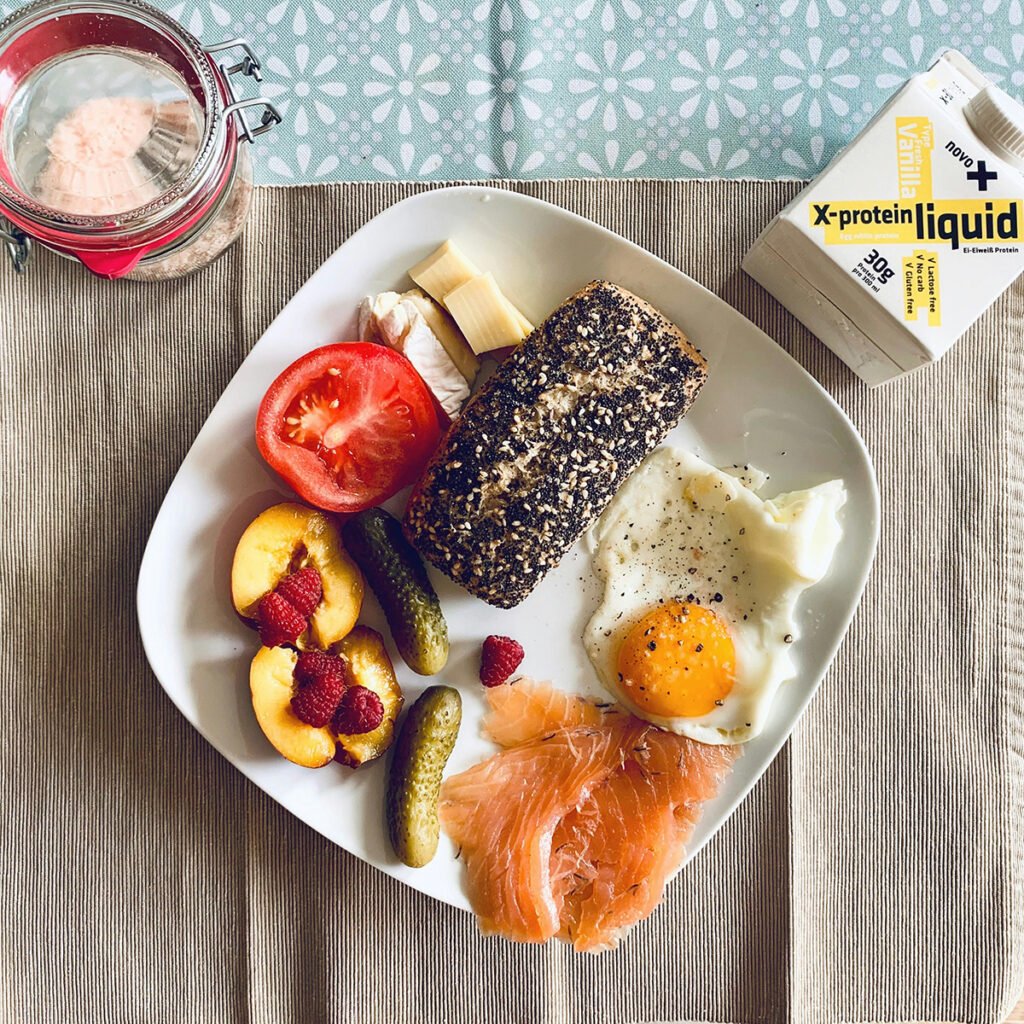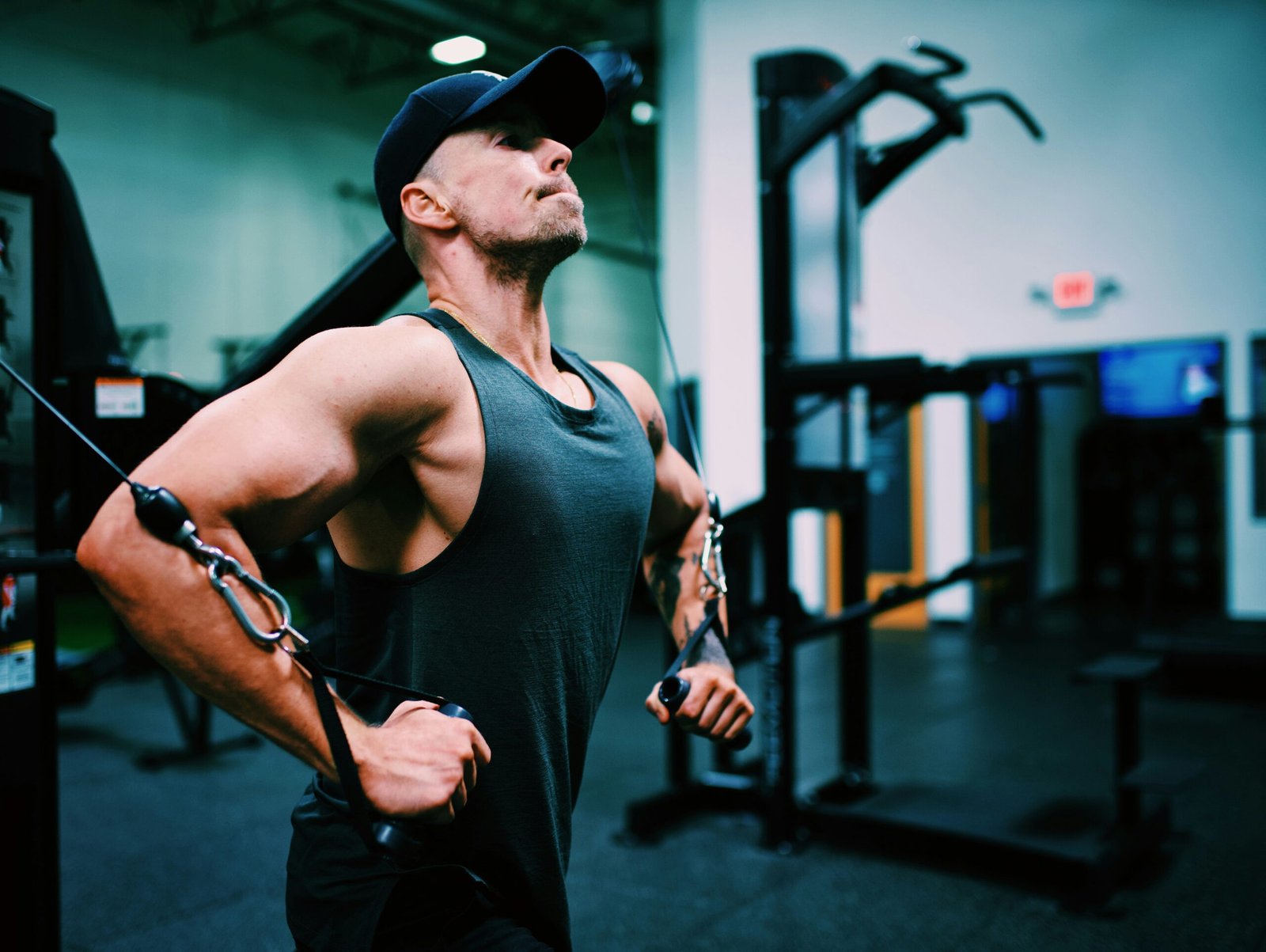Meditation isn’t reserved for yogis or monks—anyone can harness its power to bring calm, focus, and better health into daily life. In this beginner’s guide, we’ll explore the science-backed benefits of meditation and walk you through a no-fuss, five-step routine to get started.

Why Meditation Matters
In our fast-paced, notification-filled world, it’s easy for the mind to run a hundred miles a minute. Meditation offers a break from that chatter, delivering benefits that span mental, emotional, and physical well-being:
- Mental Clarity
Training your attention on the present moment reduces “mental clutter,” sharpening focus and improving decision-making. - Stress Reduction
Mindful breathing triggers your body’s relaxation response, lowering the stress hormone cortisol so you feel calmer under pressure. - Emotional Balance
By observing thoughts non-judgmentally, you build resilience—and develop patience, empathy, and emotional stability. - Physical Health
From better sleep to lower blood pressure, regular meditation supports both mind and body.
Top 5 Benefits Explained
- Enhanced Focus & Productivity
Every time you gently guide your attention back to your breath, you’re strengthening your brain’s concentration muscles. Over weeks, this translates into sharper focus, more creativity, and fewer distractions. - Reduced Anxiety & Stress
Research shows that mindfulness meditation calms the amygdala (the brain’s “alarm center”), helping to dial down anxiety—even a brief, five-minute session can interrupt the fight-or-flight response. - Improved Emotional Well-Being
Building greater awareness of your internal landscape lets you witness emotions without getting swept away. The result? More consistent moods and healthier responses to life’s ups and downs. - Better Sleep Quality
Struggling with a racing mind at bedtime? Simple relaxation techniques—like focusing on slow, steady breaths—can quiet mental noise and help you drift off faster. - Heart Health & Blood Pressure
The calming effects of meditation can modestly lower blood pressure over time, easing the strain on your cardiovascular system.
A 5-Step Beginner’s Routine
- Find Your Space
Pick a quiet corner—indoors or outdoors—free from screens and interruptions. - Set a Timer
Start with just 5–10 minutes. Use a soft chime or meditation app so you don’t have to watch the clock. - Get Comfortable
Sit upright in a chair or on a cushion. Keep your spine straight, shoulders relaxed, and hands resting gently in your lap. - Breathe Naturally
Close your eyes and simply notice each inhale and exhale. You might focus on the sensation of air at your nostrils or the rise and fall of your chest. - Welcome Wandering Thoughts
When your mind drifts (and it will), acknowledge the thought without judgment and gently return your focus to the breath.
Pro Tip: Aim to meditate at the same time each day—first thing in the morning or right before bed—to build a lasting habit.
Tips to Deepen Your Practice
- Guided Sessions: Apps like Headspace or Insight Timer offer beginner-friendly, narrated meditations.
- Join a Group: Local classes or online communities can boost accountability and provide extra support.
- Explore Techniques: Try loving-kindness (metta), body-scan, mantra meditation, or walking meditation to see what resonates.
- Be Patient: Meditation is a skill. Some days feel effortless; others feel challenging. Keep showing up.
Ready to experience the transformative power of meditation? Start with five minutes today and notice how your mind and body respond. Over time, this simple practice can become the cornerstone of a healthier, happier you.








